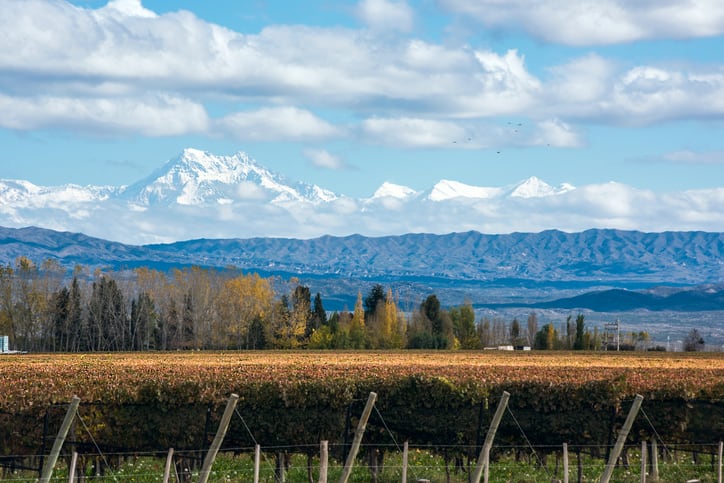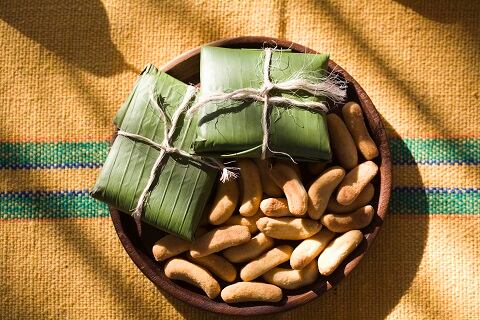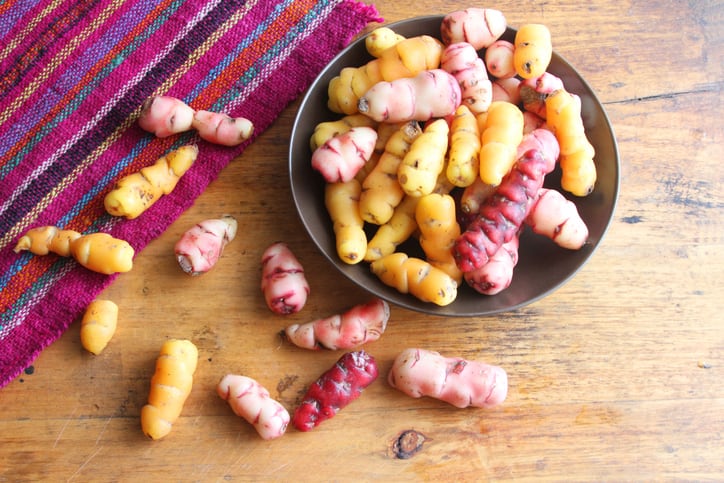The Andean region of South America is one of the richest in the world in terms of biodiversity, with around 15% of the world's plant species found there. Some of its endemic plants, such as quinoa, amaranth, and maca, have become popular food ingredients.
Achira (Canna edulis), a perennial plant with huge, edible underground rhizomes, is also native to the Andean region.
The rhizomes have a starch content between 75 and 80% based on dry matter with very large starch granules ranging from around 10 to 140 μm, and an amylose content of between 19 and 28%.
However, while the composition and characteristics of other starch-rich plants such as corn, cassava, and potato are well-researched, comparatively little attention has been given to achira starch, according to Colombian scientists from the National University of Colombia.
'Outstanding features'
They write that achira starch has several “outstanding features”, such as high viscosity and swelling power, low gelatinization temperatures, and a clean, white color, that gives it "high potential" for food manufacturers.
The researchers studied the physicochemical properties of four native ecotypes of food-grade achira starch extracted from plants growing in Huila, Nariño and Cundinamarca, the three main producing regions of achira starch in Colombia.
They analyzed the solubility, swelling power, water absorption capacity, color and clarity of the achira gels, and used x-ray diffraction to study the crystal structure of the starches. They also looked at the rheological properties to determine the viscosity of each ecotype gel.
"In general, all the starches showed high viscosity of their gels, an important feature that can be useful, especially in applications where high thickener power is required, such as in instant soups," said lead researcher in the project Nelly Camila Yaruro Cáceres.
The scientists, whose work was supported by the Institute of Food Science and Technology of the National University (ICTA) and the Federal University of Santa Catalina in Brazil, said the findings would help expand achira’s potential uses, leading to its large-scale cultivation and industrialization.
Andean achira

In the Huila region of Colombia, achira flour is traditionally used to make bizcochos de achira, individual sponge cakes.
It is also used in Asian cuisine, especially in China, Vietnam, Taiwan, and Thailand, where the starch is used to make noodles and as a thickener in soups, sauces, and condiments.
Mexican researchers recently used a modified achira starch from the Canna indica L. plant to encapsulate food ingredients such as flavors.
Microencapsulation is a technique where a bioactive compound is encapsulated by a biopolymer, protecting it from oxygen, water or other conditions to improve its stability.
“The chemically and physically modified achira starch has high potential for use as a wall material for the encapsulation of different bioactive compounds in the food industry,” they wrote in Food Research International.


